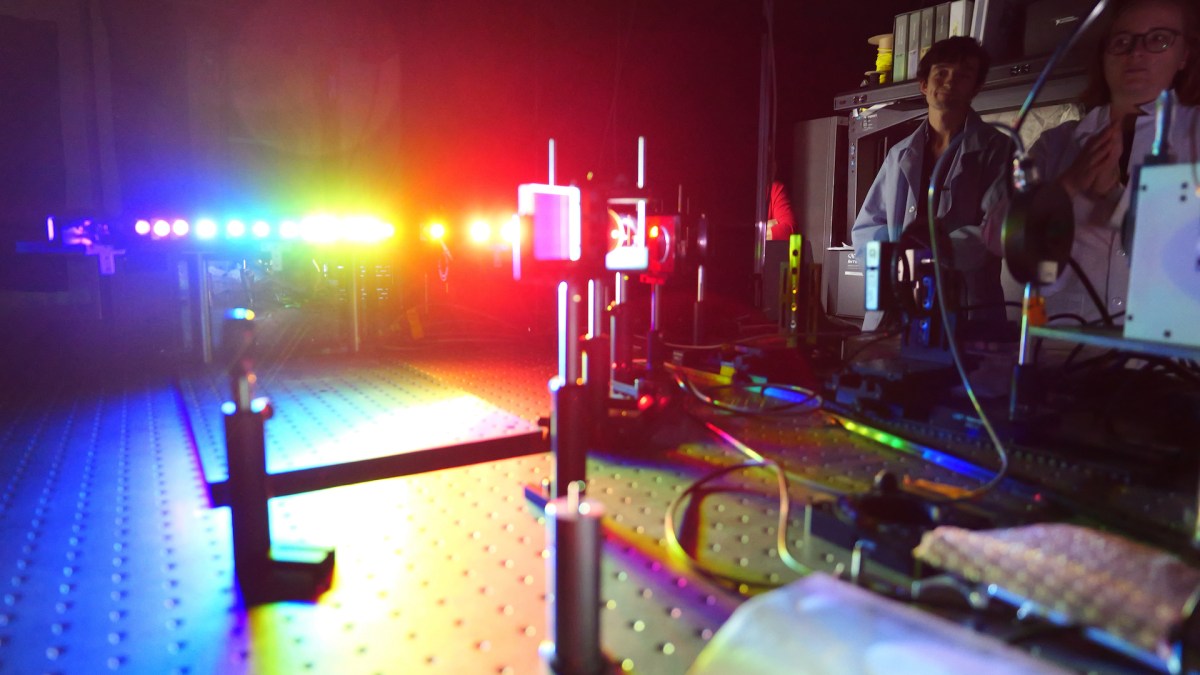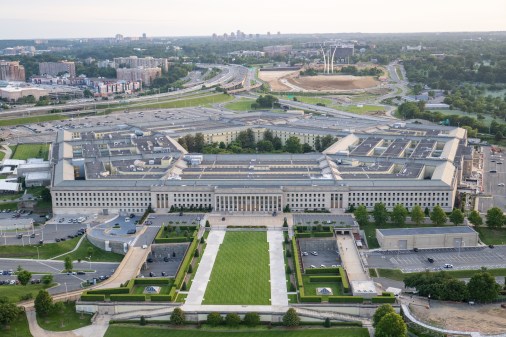Pentagon’s new S&T strategy focuses on joint operations, collaboration

The Pentagon on Tuesday released its official National Defense Science and Technology Strategy (NDSTS), outlining its plans to bolster the military’s S&T enterprise.
Guided by the 2022 National Defense Strategy, the 11-page document outlines three key lines of effort for the department’s S&T initiatives: joint operations, rapid experimentation and prototyping, and ensuring the foundations for research and development.
The strategy highlights technological advancements made by China, considered to be the United States’ top military competitor, and emphasizes the need to stay ahead while evolving to support modernization.
“The NDSTS articulates the science and technology priorities of the department and makes recommendations on the future defense research and engineering enterprise,” Nina Kollars, advisor to Undersecretary of Defense for Research and Engineering Heidi Shyu, said during a roundtable with reporters Monday ahead of the strategy’s release. “The NDSTS articulates the fundamental steps the department will take to sharpen our competitive edge in science and technology in order to ensure enduring advantages.”
The Defense Department will also send an implementation plan to Congress within the next 90 days, Kollars said.
“We will make the necessary adjustments to our internal processes, our engagement with the technological innovation base, and our industrial posture to address the emerging dynamics of this era of strategic competition,” the strategic vision stated. “Our strategy aligns new mechanisms for supporting research and development with more effective pathways for acquisition and sustainment. At the same time, we will divest from outdated legacy systems and leave behind risk-averse processes.”
Science and technology is considered a critical part of the Pentagon’s research, development, test and evaluation activities. In its fiscal 2024 budget request, the department is asking for $17.8 billion to fund S&T initiatives, including funding for basic research, applied research and advanced technology development.
The new strategy highlights the importance of leveraging critical emerging technologies and enabling them for joint operations. This includes making investments in the Pentagon’s 14 “critical technology areas,” better utilizing data that can be used for analytics, and conducting joint experimentation and prototyping.
During a webinar hosted by the National Defense Industrial Association in April, Shyu noted that joint operations are a driving factor for the NDSTS.
“Everything we’ve been doing is very much focusing on the joint warfighting capabilities, and what we need to do to fight as a joint force,” she said. “So the capability we need to develop in that arena is what’s driving a lot of our focus — especially in the prototyping and experimentation phase.”
These efforts are key for the Rapid Defense Experimentation Reserve (RDER), Shyu added. That initiative is aimed at identifying prototypes and putting them through their paces as a way for emerging technologies to be quickly fielded to combatant commanders to satisfy joint warfighting needs.
The push for better experimentation is also fueling efforts in physics-based modeling and simulation capabilities. That will help the Pentagon conduct technology tests and create data that will help inform how the tech impacts the joint mission, she said.
“Developing highly accurate campaign-level system-of-systems models and simulations will help us identify capabilities and determine the mission contributions of specific technologies,” the new S&T strategy stated. “Integrating physics-based models into campaign-level system-of-systems models will improve the accuracy of our assessments. These robust models and simulations will be coupled with comprehensive technology watch and horizon scanning efforts to inform future critical technology investments.”
The document also points to the need to foster a more vibrant defense innovation ecosystem and ensure that crucial tech is actually delivered to warfighters. It promises to bridge the so-called “valley of death” — a phenomenon that occurs when the Pentagon fails to transition promising technology from R&D into production and fielding — by spearheading new pathways to rapidly experiment with capabilities and deliver them at scale.
This calls for the DOD to improve collaboration with its international allies and partners, as well as working with the Defense Innovation Unit and other organizations that regularly engage with non-traditional partners and commercial companies.
“We’re going to step away from conventionally thinking the Department of Defense can be solely responsible for science and technology that is defense relevant, and really think about this … as a collaborative effort from the very beginning — from early basic research all the way to acquisition,” Kollars said.
In addition, closing the S&T valley of death also will require innovation in industrial processes, protecting critical technologies from adversaries and frequently transitioning capabilities from prototypes into products.
Finally, the Pentagon plans to strengthen its research-and-development enterprise by revitalizing both existing laboratory and test infrastructure and modernizing digital infrastructure, Kollars said.
The department also plans to improve how it recruits, retains and cultivates its S&T workforce, she noted.
“Working with our allies and partners, as well as industry, we will align research and engineering with acquisition to rapidly field new capabilities at speed and scale. We will also ensure the foundation for future research and development by investing in our people and the infrastructure they need,” the NDSTS stated.






